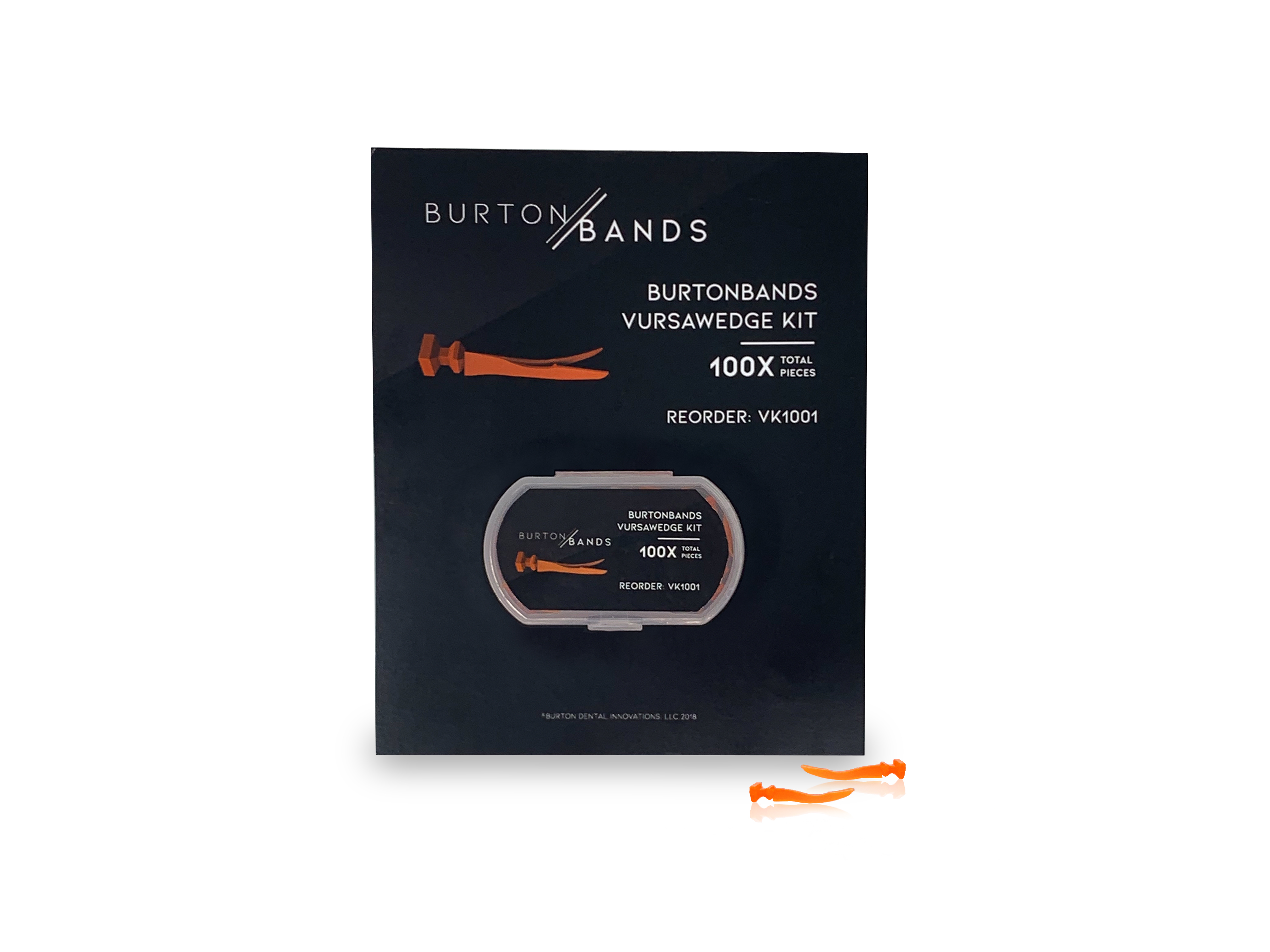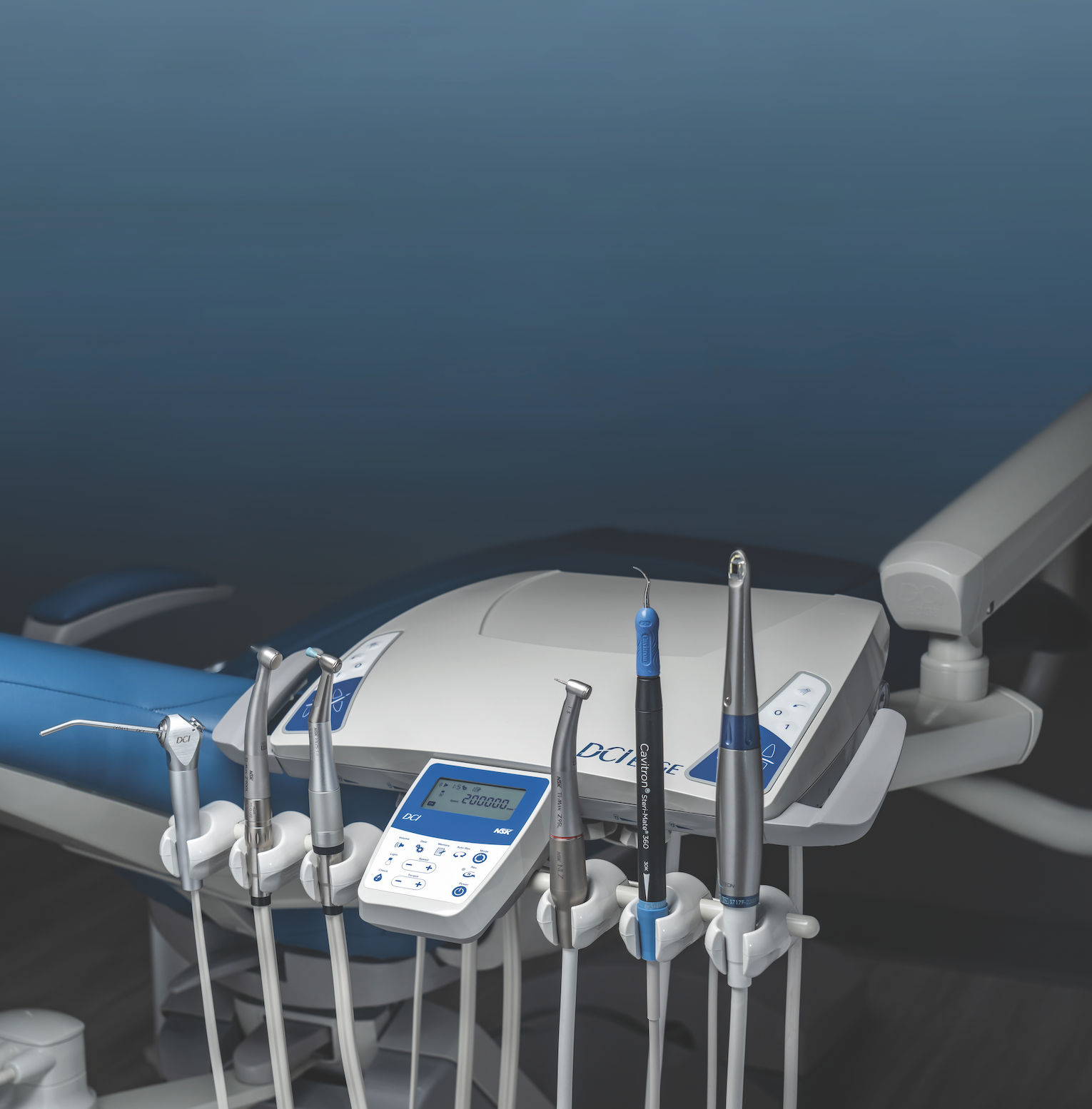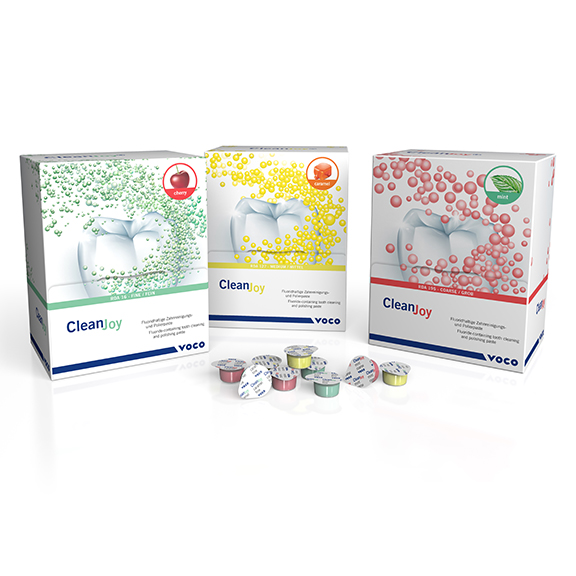In light of the COVID-19 pandemic, the American Association of Oral and Maxillofacial Surgeons (AAOMS) is offering the 2020 Virtual AAOMS Annual Meeting Oct. 1 to 10. The meeting combines the educational content of the Association's 102nd Annual Meeting, Scientific Sessions and Exhibition and annual Dental Implant Conference.
The meeting's live and on-demand educational sessions will provide greater flexibility for attendees to learn about the latest research in the specialty of oral and maxillofacial surgery (OMS). A community-oriented platform will foster interaction between attendees and speakers. Held in conjunction with the International Association of Oral and Maxillofacial Surgeons, the meeting will feature several international speakers and focus on the theme of the Digital Workforce: Improving Efficiency and Safety for our Patients. Oral and maxillofacial surgeons, faculty, residents and allied staff are expected to attend.
Anthony S. Fauci, MD – director of the National Institute of Allergy and Infectious Diseases since 1984 – will speak during the meeting's President's Event. He has served as a key advisor to six U.S. Presidents on AIDS and other health issues, including COVID-19.
This virtual meeting replaces the AAOMS Annual Meeting originally scheduled for Oct. 5 to 10 in San Antonio, Texas, and the Dental Implant Conference slated for Dec. 3 to 5 in Chicago, Ill.
Similar to previous in-person AAOMS Annual Meetings, the educational content will present clinical tracks that cover the scope of OMS practice: anesthesia, cosmetic, dentoalveolar, orthognathic, pathology, pediatrics and cleft, reconstruction/nerve, temporomandibular joint and trauma. Sessions also will address timely topics to help enhance the OMS practice. The Dental Implant Program will present enhanced dental implant content with four live sessions, three on-demand sessions and interaction opportunities. In addition, a virtual Exhibit Hall will display the most advanced products and services available in the OMS specialty.
"With respect for the safety of our members and their staff during the COVID-19 pandemic, AAOMS decided to shift to a virtual format for its two annual fall meetings," said AAOMS President Victor L. Nannini, DDS, FACS. "For more than 100 years, our members have expected the Annual Meeting to offer outstanding educational sessions to advance knowledge, provide opportunities for dialogue and showcase the latest products. We are pleased to still be able to hold our annual premier events, now in a virtual format that is expected to provide convenience and value to our members with consideration for their evolving needs."
Registration is open to AAOMS members, OMS residents, professional allied staff and non-members. More information is available at AAOMS.org/AnnualMeeting.
The experts in face, mouth and jaw surgery® -- The American Association of Oral and Maxillofacial Surgeons (AAOMS) is the professional organization representing more than 11,000 oral and maxillofacial surgeons, OMS residents and OMS professional staff in the United States. AAOMS supports its fellows' and members' ability to practice their specialty through education, research and advocacy. AAOMS fellows and members comply with rigorous continuing education requirements and submit to periodic office anesthesia evaluations. For additional information about oral and maxillofacial surgery, visit the AAOMS websites at AAOMS.org and myOMS.org.
SOURCE American Association of Oral & Maxillofacial Surgeons







 Plak Smacker is excited to introduce VursaWedge, an innovative new matrix wedge technology that delivers perfectly sealed gingival margins.
Plak Smacker is excited to introduce VursaWedge, an innovative new matrix wedge technology that delivers perfectly sealed gingival margins.
 Sterngold Dental President and CEO, Gordon S. Craig III, announced the addition of Gene Peterson, CDT, to the company’s leadership roster. Gene assumes the role of Director of Technical Development and Learning, where he oversees all aspects of Sterngold’s technical department, leading digital development efforts, product offering pipeline, and educational methods and content directives, working closely with sales, marketing, and customer service.
Sterngold Dental President and CEO, Gordon S. Craig III, announced the addition of Gene Peterson, CDT, to the company’s leadership roster. Gene assumes the role of Director of Technical Development and Learning, where he oversees all aspects of Sterngold’s technical department, leading digital development efforts, product offering pipeline, and educational methods and content directives, working closely with sales, marketing, and customer service. With over 120 combined years serving dentistry, DCI Edge, the fastest growing dental equipment and dental furniture manufacturer, and NSK, the #1 selling electric handpiece manufacturer in the US, introduce a seamlessly integrated electric motor system to be built into all DCI Edge delivery systems. The co-engineered system fully integrates the NLZ E Electric Motor and its licensed differentiators, including WaveOne® technology.
With over 120 combined years serving dentistry, DCI Edge, the fastest growing dental equipment and dental furniture manufacturer, and NSK, the #1 selling electric handpiece manufacturer in the US, introduce a seamlessly integrated electric motor system to be built into all DCI Edge delivery systems. The co-engineered system fully integrates the NLZ E Electric Motor and its licensed differentiators, including WaveOne® technology. VOCO introduces CleanJoy, a fluoride-containing, splatter-free, less abrasive prophy paste in three cleaning grits and three delicious flavors. Containing fluoride (700ppm) and xylitol, paraben-free and available in SingleDose cups, CleanJoy is a safe, hygienic and effective paste for the prevention of caries, the removal of soft and hard surface plaque, the removal of extrinsic stains (e.g., coffee, tea, tobacco, etc.), the polishing of tooth surfaces and restorations as part of professional cleanings, and more.
VOCO introduces CleanJoy, a fluoride-containing, splatter-free, less abrasive prophy paste in three cleaning grits and three delicious flavors. Containing fluoride (700ppm) and xylitol, paraben-free and available in SingleDose cups, CleanJoy is a safe, hygienic and effective paste for the prevention of caries, the removal of soft and hard surface plaque, the removal of extrinsic stains (e.g., coffee, tea, tobacco, etc.), the polishing of tooth surfaces and restorations as part of professional cleanings, and more.
